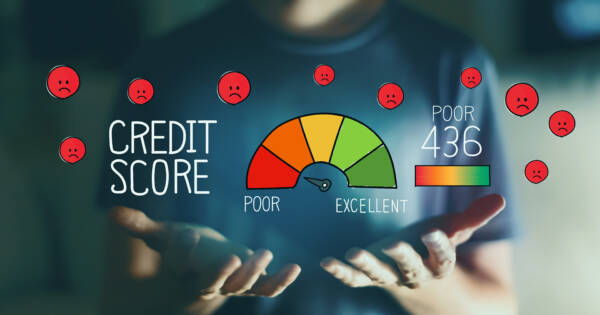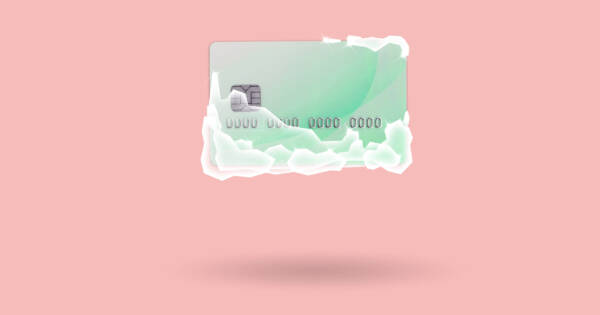Financial hiccups happen, and at some point, many of us have encountered the sinking feeling that comes with a subpar credit score. But it’s not the end of the road; you can rebuild and bounce back. One less-known tool in this journey of financial recovery is the bad credit credit card. These specialty cards can be a beacon of hope for those looking to mend their financial past. There are a wide variety of choices available, and you can find the right bad credit credit cards if you start searching now.
What are Bad Credit Credit Cards?
Bad credit credit cards, often known as secured credit cards, are specifically designed for individuals with low credit scores. Unlike traditional credit cards, these often require a security deposit, which usually determines your credit limit.
Think of this deposit as collateral; it reduces the risk for the issuer, making them more willing to provide a card to those with a shaky credit history. These cards function like regular credit cards, allowing you to make purchases and pay off balances.
Improving Your Credit Score
The primary benefit of a bad credit credit card is the potential for credit score improvement. When used responsibly, these cards offer a legitimate way to boost your score over time. Each time you make a purchase and promptly pay it off, you’re demonstrating responsible credit behavior.
Over time, this responsible behavior is reported to credit bureaus, positively impacting your score. Additionally, these cards frequently come with credit-monitoring tools, enabling you to track your progress. By maintaining low balances and ensuring timely payments, you can witness firsthand the steady rise in your credit score.
Graduating to Better Credit Offers
Starting with a bad credit credit card doesn’t mean you’ll be stuck with it forever. As your creditworthiness improves, you’ll qualify for cards with better terms, higher limits, and added perks.
Many issuers of bad credit credit cards also offer the chance to “graduate” to their unsecured products after a period of responsible use, eliminating the need for a security deposit and offering better benefits.
Safety Nets and Additional Perks
Though bad credit credit cards are tailored towards rebuilding credit, many still come with advantages. Some offer fraud protection, travel benefits, or even cashback on purchases.
While the perks might not be as glamorous as those associated with high-end cards, they can still add substantial value, making everyday spending and special purchases more rewarding.
Understanding the Costs
While there are many benefits to bad credit credit cards, it’s essential to be aware of the costs. Many of these cards come with higher interest rates and annual fees.
It’s crucial to read the fine print and understand the terms before committing. However, when used strategically, the potential improvement to your credit score and the subsequent doors it can open far outweigh the initial costs.
The Difference Between Secured and Unsecured Cards
While bad credit credit cards can be secured or unsecured, it’s crucial to understand the distinction. Secured cards require a deposit, functioning as collateral. This deposit typically defines your credit limit.
On the other hand, unsecured cards for bad credit don’t need a deposit but might come with higher fees and interest rates due to the lender’s increased risk. Knowing which card type you’re dealing with can significantly influence your credit-building strategy.
Avoiding Potential Pitfalls
Even though bad credit credit cards can be a lifeline, it’s essential to be wary of potential pitfalls. For instance, some cards have excessively high fees, which could negate any credit-building benefits if not managed properly.
Others might not report to all three major credit bureaus, limiting their effectiveness. It’s imperative to research and select a card that aligns with your goals while steering clear of potential roadblocks.
The Role of Credit Utilization
Credit utilization – the percentage of your credit limit you’re using – plays a substantial role in your credit score calculation. For optimal score improvement, it’s advised to keep your utilization below 30%.
This means if you have a limit of $500 on your bad credit card, try not to carry a balance higher than $150. Regularly monitoring and managing this aspect can supercharge your credit-building efforts.
Learn More Today!
Financial setbacks can feel discouraging, but they’re not insurmountable. Bad credit credit cards offer a glimmer of hope and a concrete path towards better financial health for those willing to tread with care and determination.
As you journey towards improved financial standing, consider the benefits of bad credit credit cards. Your path to a brighter financial future is within reach. To ensure you’re making the best decisions for your situation, continue your research online.








